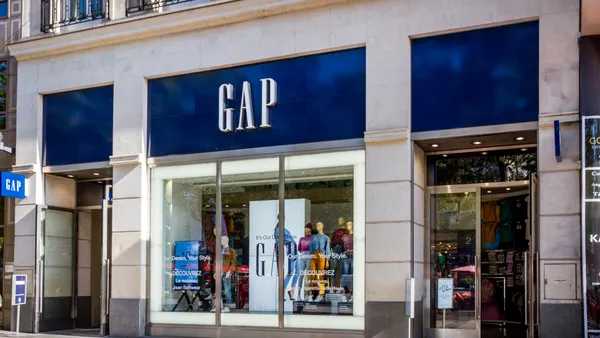Dive Brief:
- Wayfair on Thursday reported fourth-quarter total net revenue inched up 0.2% year over year to $3.1 billion. In the U.S., net revenue increased 1.1% year over year to $2.7 billion, while international revenues fell 5.7% to $381 million.
- Losses narrowed for the online home goods retailer during the period. Operating loss improved about 32% to $117 million and net loss contracted 26% to $128 million, according to a company press release.
- For the full year, Wayfair’s total revenue fell 1.3% year over year to $11.9 billion. Operating loss improved over 43% to $461 million and net loss fell 33% to $492 million.
Dive Insight:
Wayfair continues to feel the pressure from declining demand in the home goods segment. After experiencing a boost at the onset of the pandemic — and reaching profitability for the first time in its company history — Wayfair, like others in the sector, has faced financial challenges in recent years. Executives, however, are optimistic the tide is turning.
“As we reach what we believe is the bottom of this downcycle, we see substantial opportunity for Wayfair to capture greater market share, grow revenue, and do so while growing profit dollars,” co-founder Steve Conine and co-founder and CEO Niraj Shah said in a shareholder letter.
Wayfair ended the fourth quarter with 21.4 million customers, a 4.5% decline from the year-ago period. Revenue per active customer in the last year was $555, up from $537 in the fourth quarter of 2023. However, orders delivered in the quarter fell 5.3% year over year to 10.7 million.
In the year ahead, the online retailer is concentrating on three key areas: driving profitable growth and taking market share in a challenging environment, improving the financial position of the business and investing against its long-term goals. Those include becoming the go-to place for home items, enhancing its delivery experience, growing its shopping experience both online and through physical stores, building strong relationships with suppliers and creating a differentiated customer discovery experience.
To the latter point, Wayfair earlier this month launched a generative AI tool, dubbed Muse, that looks to spark design inspiration for customers and connect them with products in Wayfair’s assortment. The tool comes about two years after the retailer launched Decorify, which marked its first foray into leveraging generative AI to drive inspiration during the shopping journey, Shah said on a call with analysts Thursday.














